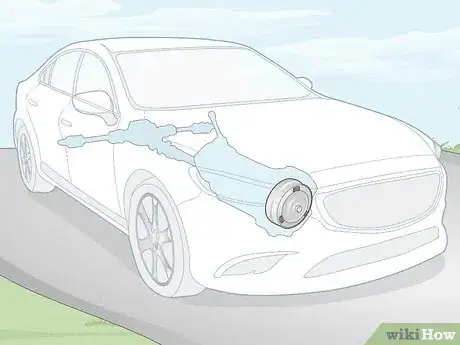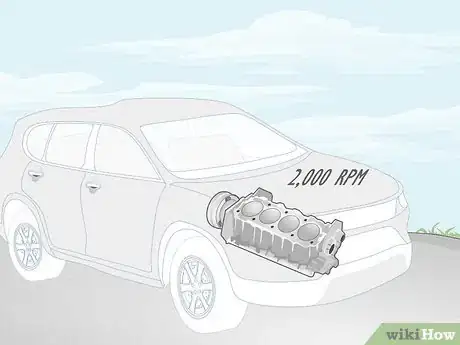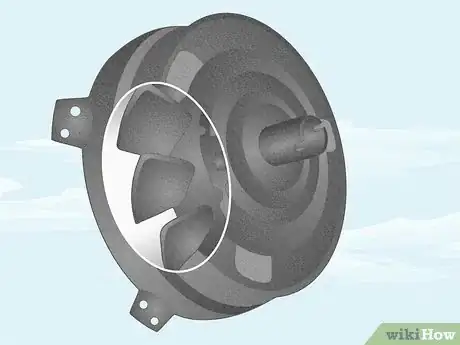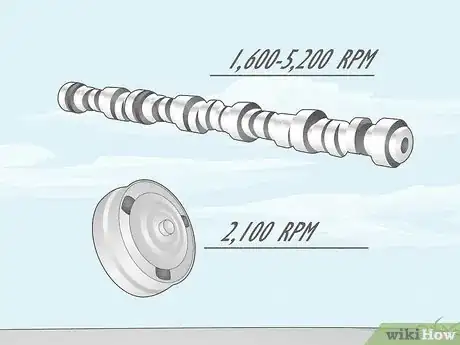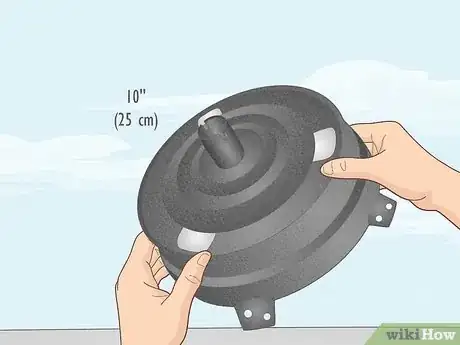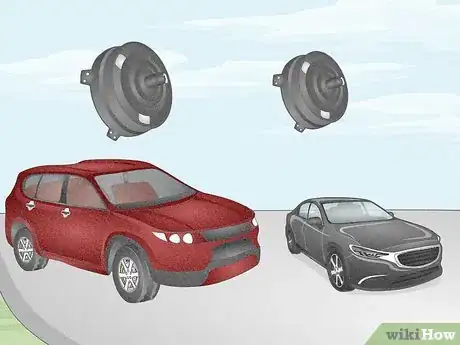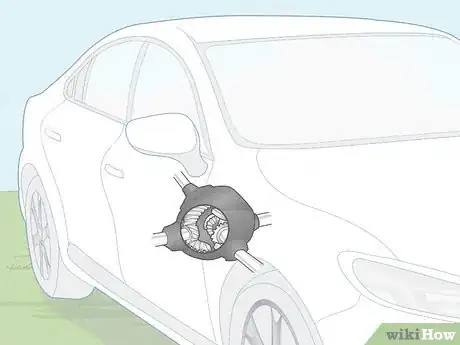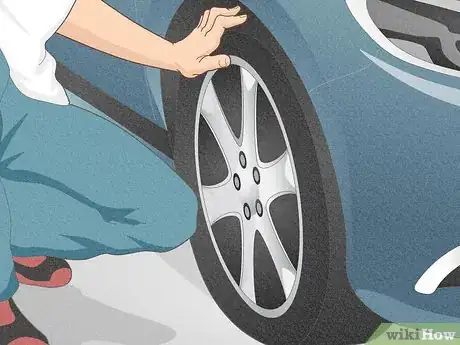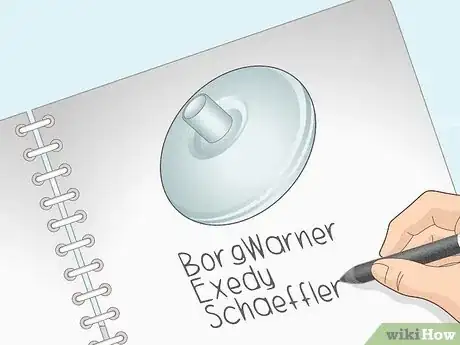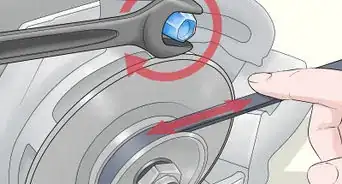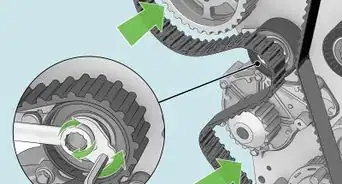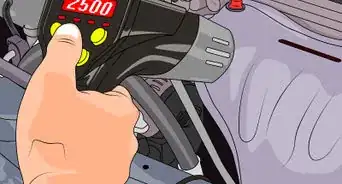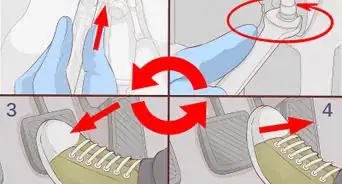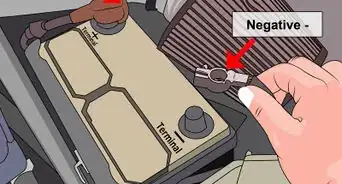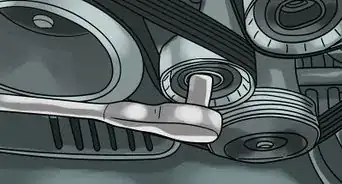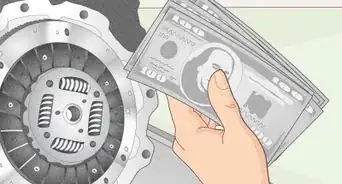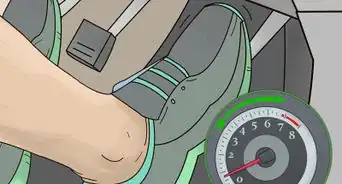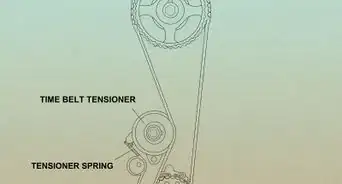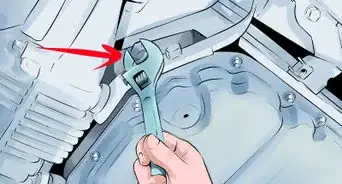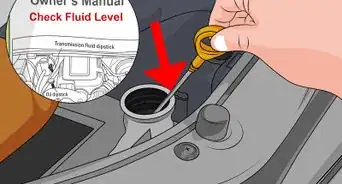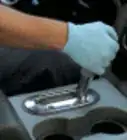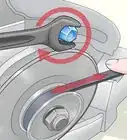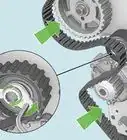This article was co-authored by Charlie Payne and by wikiHow staff writer, Janice Tieperman. Charlie Payne is an Auto Repair Expert and the Owner & Operator of Perfect Reflections Auto Body. With over 21 years of experience, he specializes in auto restorations and collision repairs. Charlie is PPG and DuPont certified and earned a Bachelor's Degree from Liberty University.
There are 7 references cited in this article, which can be found at the bottom of the page.
This article has been viewed 10,049 times.
If you’re a part of the car racing scene, you’re definitely no stranger to the tune-up process between each race. As the connection between your car’s engine and transmission, a good torque converter can really make a difference in your car’s performance. However, finding the perfect torque converter is no easy task—it can depend on multiple factors, like your car’s weight, rear-end gear ratio, tire size, engine size exhaust, camshaft duration, and other technical factors.[1] It’s always best to consult a professional mechanic before replacing your car’s torque converter—however, this guide will help walk you through some common questions you might run into along the way.
Steps
What is stall speed on a torque converter?
-
1Stall speed is the total RPM your car reaches before stalling. Within your car, a torque converter acts like a clutch, automatically converting the engine power to your car’s transmission. As your engine creates more power, its total RPM increases—the stall speed is just the specific RPM when your engine stalls.
- Stall speed also depends on your engine. If you reuse a torque converter with a different engine, the stall speed will also be different.
-
2A torque converter’s parts can affect the stall speed. The diameter of the converter, the total number of blades, and the amount of space between each individual component all play a part in your converter’s total stall speed.
- For instance, a torque converter with plenty of clearance between its inner components will have a higher stall speed than a converter without much clearance.
What other factors should I consider?
-
1Choose a larger torque converter for heavier vehicles. If your car is on the heavier side, it will put more strain on your torque converter. Similarly, lighter cars are easier for your torque converter to handle. Heavier vehicles tend to push your converter’s stall speed to the limit, while lighter vehicles don’t create nearly as much strain.[8]
- Drop by a nearby truck stop or weighing station to see how heavy your car is. According to the U.S. Department of Energy, “light-duty” vehicles are less than 10,000 lb (4,500 kg), while “medium-duty” vehicles are between 10,001 and 26,000 lb (4,536 and 11,793 kg).
-
2Factor in your car’s rear gear ratio. Heavier cars tend to have rear gears with a low gear value, like 2.73 or 3.08. Since you need extra force to move a heavy car, the torque converter will end up stalling at a higher RPM. On the other hand, a lighter car has a higher gear value, and won’t need to reach such a high RPM.[9]
- If you have a heavier car, you’d need a torque converter that can handle the increased RPM.
-
3Inspect your tires. Typically, cars with wider tires are a lot sturdier and reliable. Wide tires help you maximize your RPM, as opposed to a car with both large and small tires.[10]
Warnings
- Shuddering, overheating, and vibrating are all signs of a damaged torque converter. Take your car to a repair professional right away if you notice any of these symptoms.[12]⧼thumbs_response⧽
- When choosing a torque converter, it's necessary to take into account the usage for the vehicle as well as the make and the model.⧼thumbs_response⧽
References
- ↑ https://www.chevyhardcore.com/tech-stories/drivetrain/torque-converter-basics-do-you-know-how-to-choose-correctly/
- ↑ https://www.aamcoblog.com/Article/What-is-a-Torque-Converter-and-How-Does-it-Function
- ↑ https://m.youtube.com/watch?v=9ORN9NZ9WfU&t=0m20s
- ↑ https://help.summitracing.com/app/answers/detail/a_id/4704/~/camshaft-rpm-range
- ↑ https://www.chevyhardcore.com/tech-stories/drivetrain/torque-converter-basics-do-you-know-how-to-choose-correctly/
- ↑ https://www.chevyhardcore.com/tech-stories/drivetrain/torque-converter-basics-to-bring-speed-and-drivability-to-your-ride/
- ↑ https://www.chevyhardcore.com/tech-stories/drivetrain/torque-converter-basics-do-you-know-how-to-choose-correctly/
- ↑ https://www.chevyhardcore.com/tech-stories/drivetrain/torque-converter-basics-do-you-know-how-to-choose-correctly/
- ↑ https://www.chevyhardcore.com/tech-stories/drivetrain/torque-converter-basics-do-you-know-how-to-choose-correctly/
- ↑ https://www.chevyhardcore.com/tech-stories/drivetrain/torque-converter-basics-do-you-know-how-to-choose-correctly/
- ↑ https://www.businesswire.com/news/home/20180115005522/en/Top-5-Vendors-in-the-Global-Automotive-Torque-Converter-Market---Technavio
- ↑ https://www.aamcoblog.com/Article/Signs-of-a-Failing-Torque-Converter-and-How-to-Fix-it
